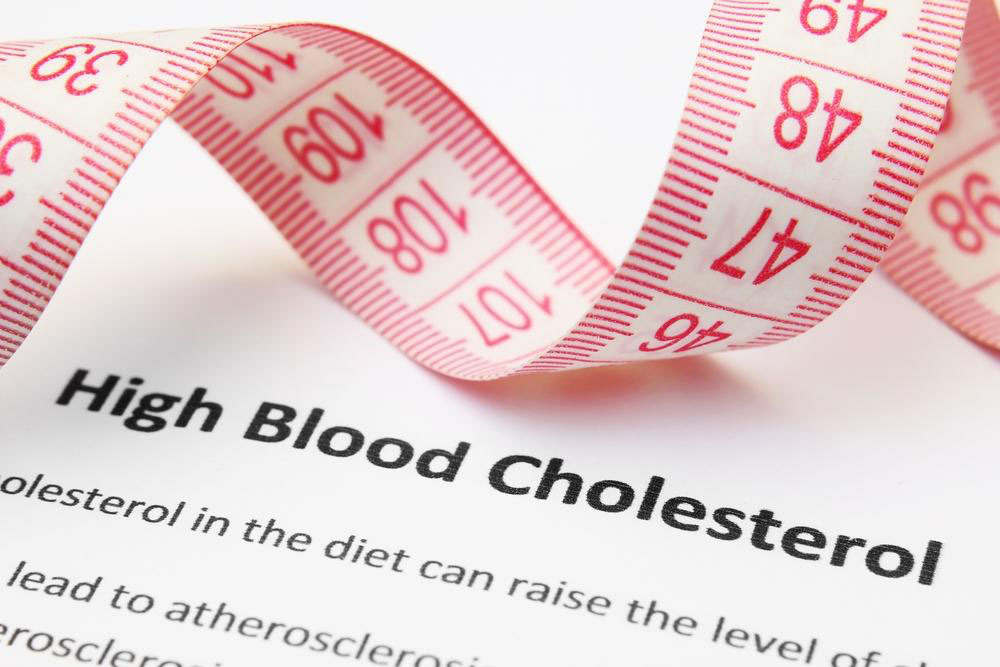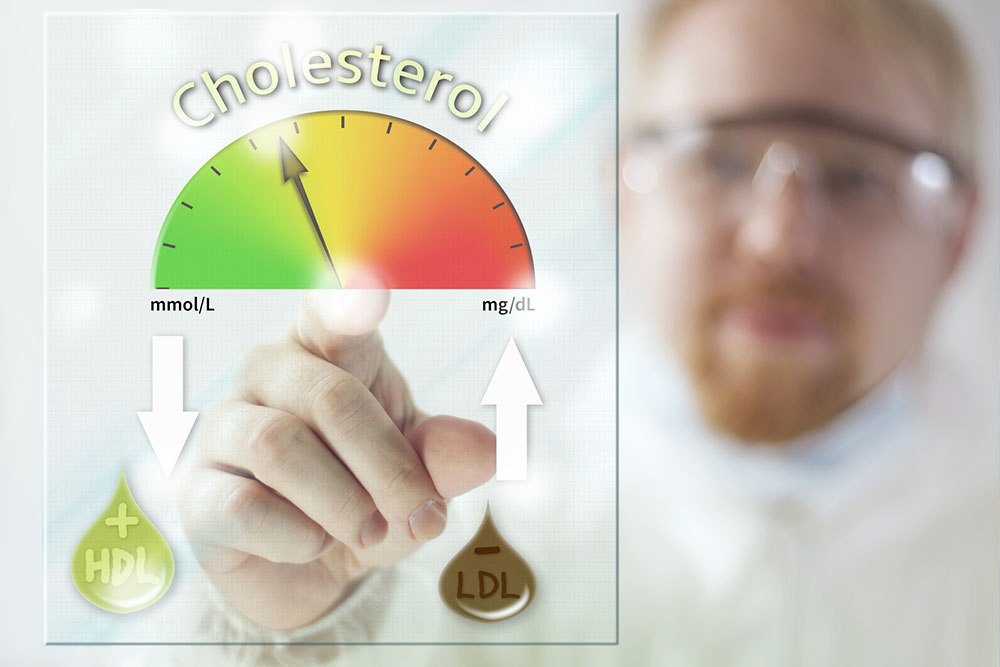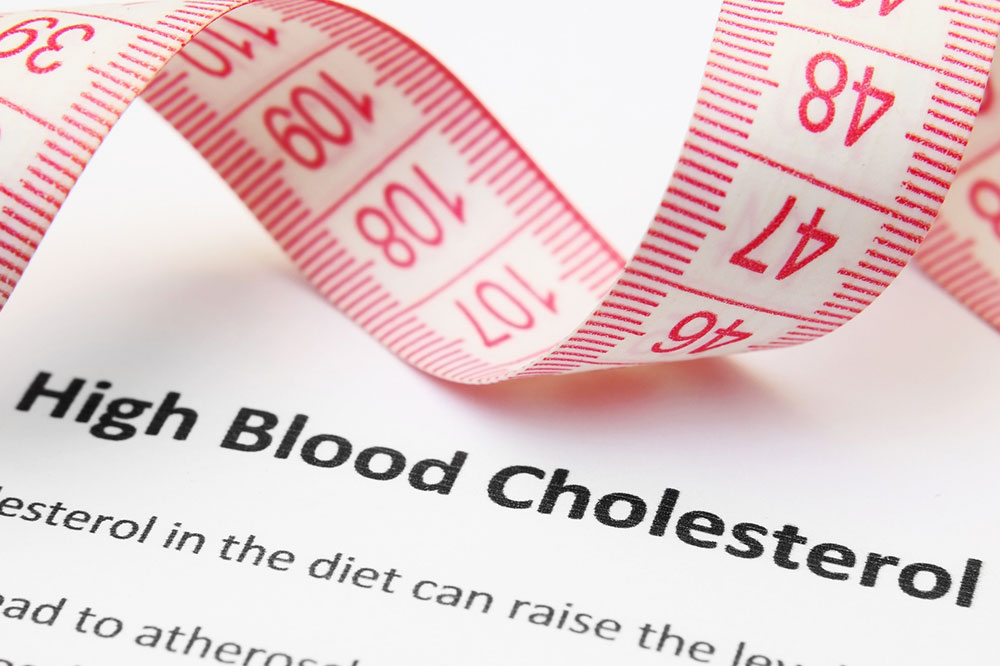Understanding High Cholesterol: Diagnosis and Management Strategies
This article offers comprehensive insights into diagnosing and managing high cholesterol, emphasizing the importance of blood tests, understanding LDL and HDL levels, and adopting lifestyle and medication strategies. It highlights the risks associated with cholesterol imbalance and provides practical advice to maintain heart health through diet, exercise, and medical interventions. Regular screening and personalized treatment are crucial for reducing cardiovascular risk factors, promoting longevity, and ensuring overall well-being.

Understanding High Cholesterol: Diagnosis and Management Strategies
The foods we consume play a crucial role in maintaining overall health. Today’s diet often includes processed and fast foods, which are linked to numerous health issues, including high cholesterol. Cholesterol is a waxy fat-like substance found in your blood; while necessary for cell building, excess levels increase the risk of heart problems. Diagnosing cholesterol through blood tests is essential for assessment. Elevated cholesterol can cause fatty deposits in arteries, obstructing blood flow and elevating the risk of heart attack or stroke. Regular screening helps identify and manage these levels effectively.
High cholesterol can lead to narrowing of blood vessels, limiting oxygen delivery to the heart and brain. For effective management, understanding diagnosis parameters is vital.
Cholesterol Screening
LDL cholesterol levels are categorized as follows:
Levels below 70 mg/dL are ideal for individuals with heart disease or diabetes.
Levels between 100 mg/dL and 129 mg/dL are near optimal for healthy people but high for those with existing conditions.
Levels from 130 mg/dL to 159 mg/dL are borderline high; in people with heart problems, these are considered high.
Levels in the 160-189 mg/dL range are high and dangerous, especially for those with cardiovascular issues.
Above 190 mg/dL is very high, requiring immediate intervention.
Similarly, HDL levels are crucial. Higher HDL offers protective benefits, while low HDL is risky.
For men, HDL below 40 mg/dL is considered poor.
For women, below 50 mg/dL is inadequate.
Ideal HDL levels are above 60 mg/dL, which helps prevent various diseases.
Managing High Cholesterol
To control high cholesterol, adopt regular physical activity, aiming for at least 150 minutes weekly, coupled with a nutritious diet rich in fruits and vegetables. Avoid processed and fast foods. If lifestyle changes are insufficient, medication options may be prescribed. These include statins, which block cholesterol synthesis in the liver, and injectable drugs that enhance LDL clearance. Additional medications like bile acid resins, fibrates, niacin, and cholesterol absorption inhibitors may be recommended based on individual health profiles.Maintaining a healthy balance of LDL and HDL is vital. Lifestyle modifications such as avoiding smoking, limiting alcohol intake, and staying active contribute significantly. Consult your healthcare provider for screening and personalized treatment plans to stay heart-healthy.










